How to tie the Nail Knot
How to Tie the Nail Knot?
And Why It’s Saved My Butt More Times Than I Can Count
Man, the nail knot. It’s one of those things that seems like wizardry when you first start fly fishing, right? Like, how the heck does wrapping a line around another line a few times and pulling it tight actually hold? But trust me, once you get the hang of it, this knot becomes your best friend—especially when you’re trying to connect a leader to tippet or, even trickier, fly line to leader.
I remember the first time I tried tying it. I was knee-deep in some Montana river, wind howling, fingers numb, and my leader had just snapped on a stubborn rainbow trout. Had to re-rig fast, but my hands were shaking so bad I kept botching the knot. Ended up losing that fish, obviously. Lesson learned: practice this thing at home, in the warm, with coffee, not when you’re freezing and panicking.
So here’s the deal—you don’t even need a nail, despite the name. A tiny tube, a toothpick, even the tip of a hook shank works. The key is having something to wrap around so you can slide the coils off cleanly. You’re basically making these snug little wraps (five or six should do it) around both lines, then threading the tag end back through the coils. Pull it tight, and boom. It’s like magic, but with more swearing involved.
I’ve used this knot for everything. Leader to tippet? Yep. Fly line to leader? Absolutely. It’s low-profile, so it slides through guides smooth, and it’s strong—way stronger than a blood knot in my experience, especially with slick modern lines. Though, fair warning, it can be a pain to untie if you mess up. I’ve had to just cut it and start over more times than I’d like to admit.
Oh, and pro tip: spit on it before you tighten it down. Not kidding. A little moisture helps the coils seat properly. Dry knots are the worst—they either slip or bind up weird. Learned that the hard way after losing a monster brown because my knot just… unraveled. Still haunts me.
Anyway, the nail knot isn’t glamorous, but it’s reliable. And in fly fishing, reliable is what keeps you from going home early, muttering curses under your breath. Give it a shot. Mess it up a few times. You’ll get there.
Step 1

Step 2

Step 3

Step 4

Step 5


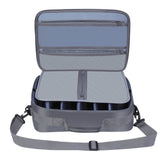
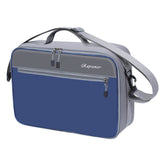
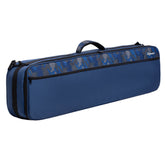

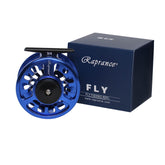
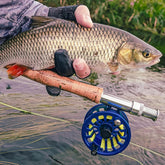
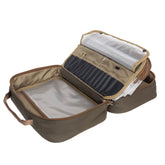
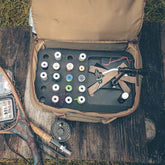
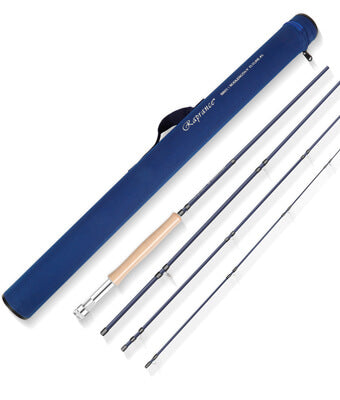


Leave a comment
Please note, comments need to be approved before they are published.